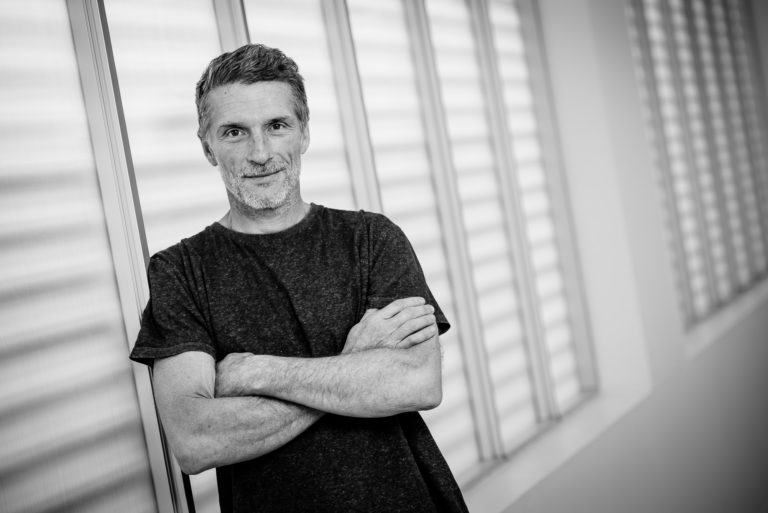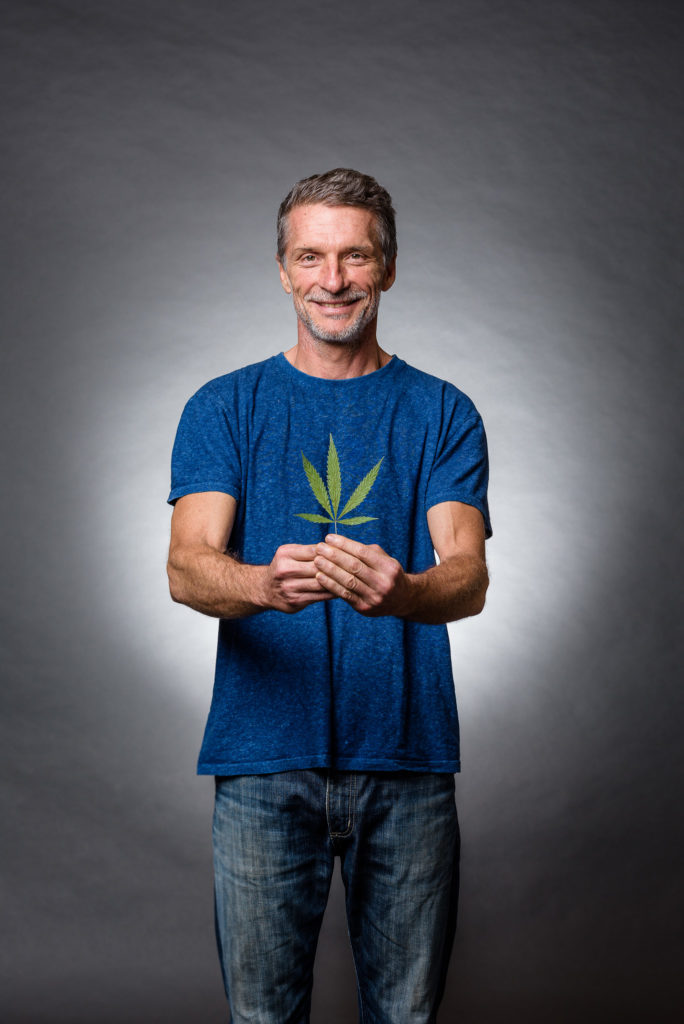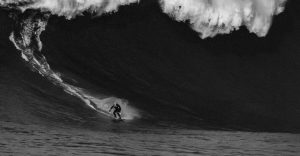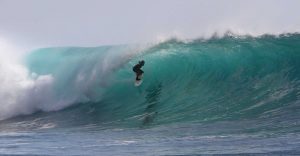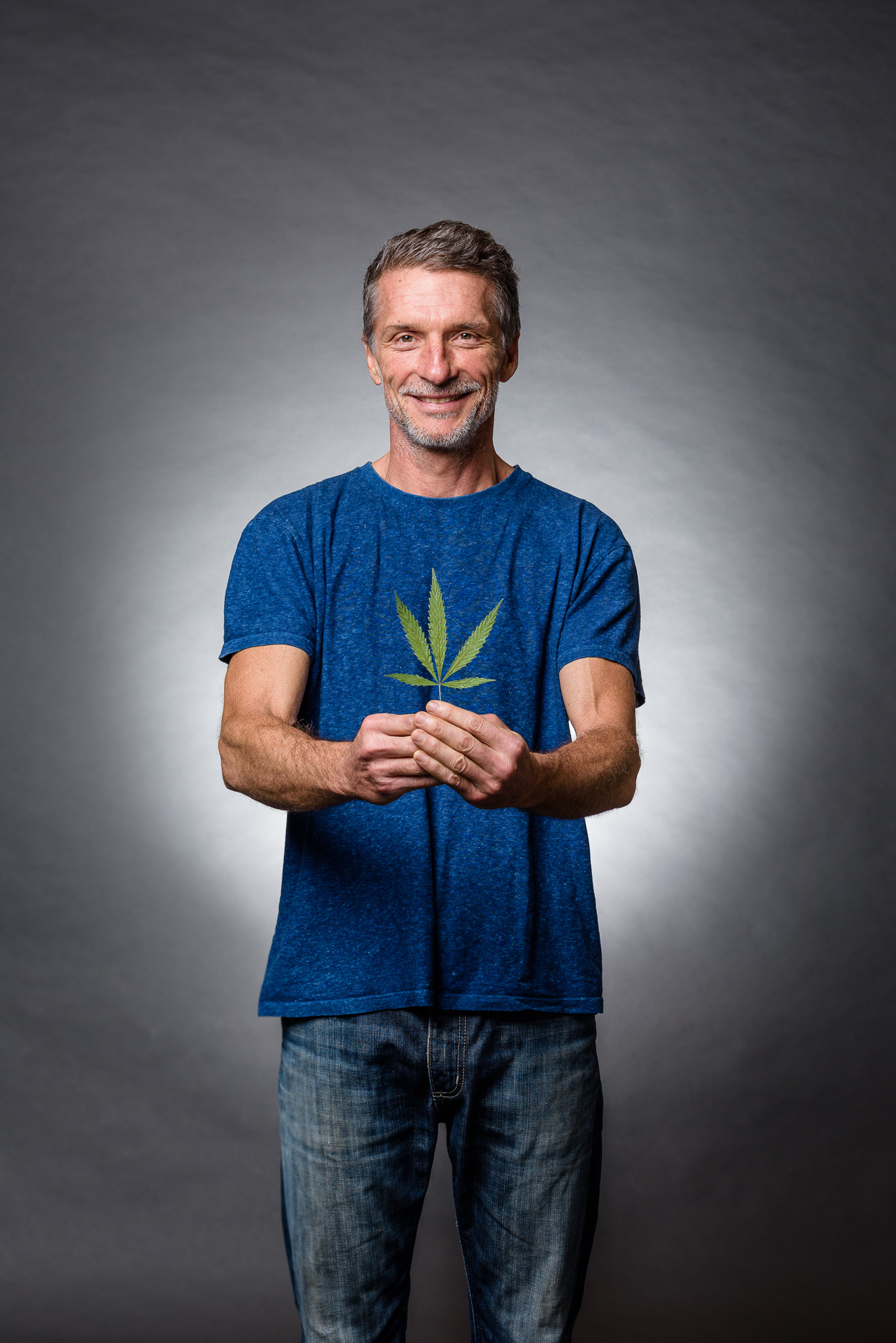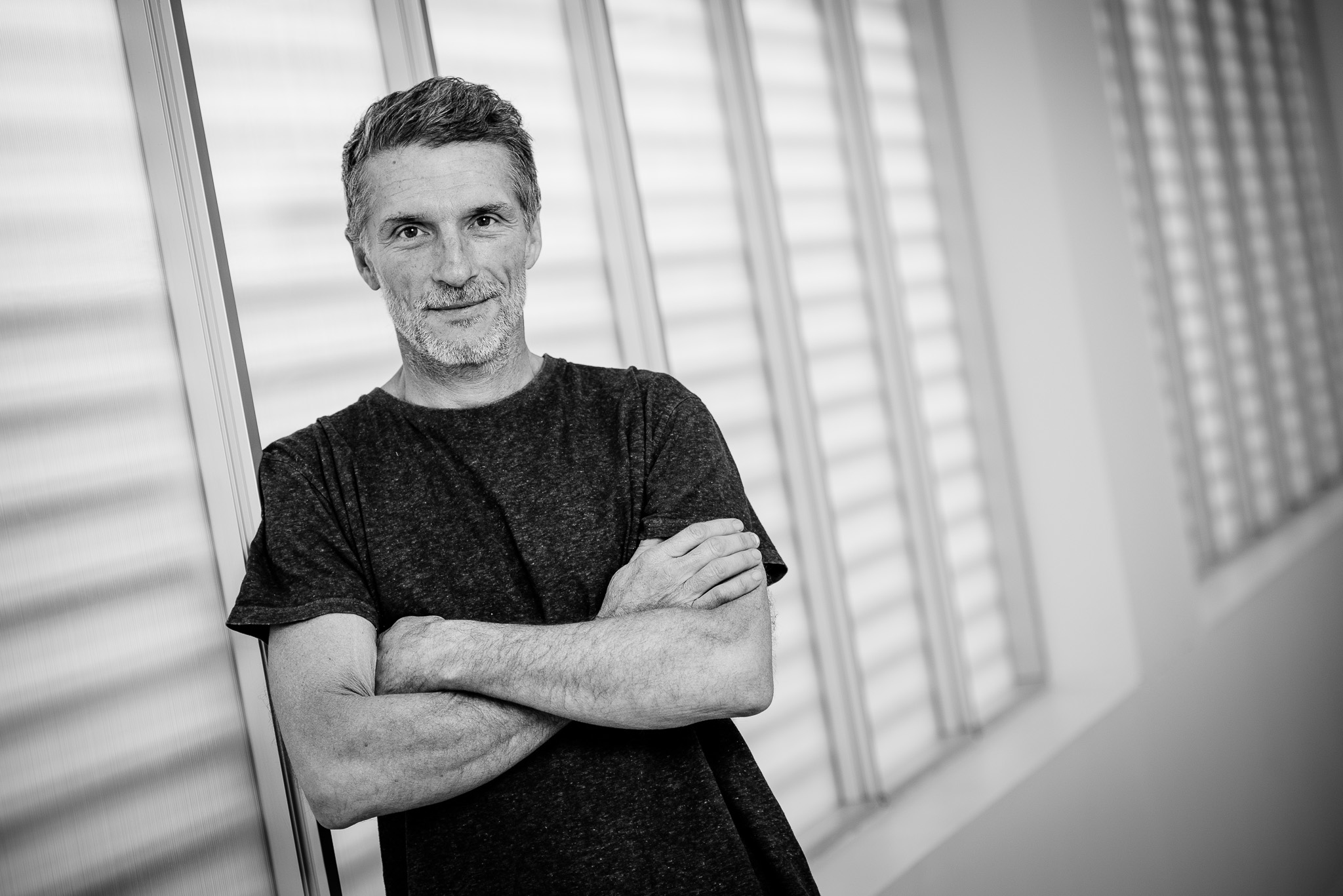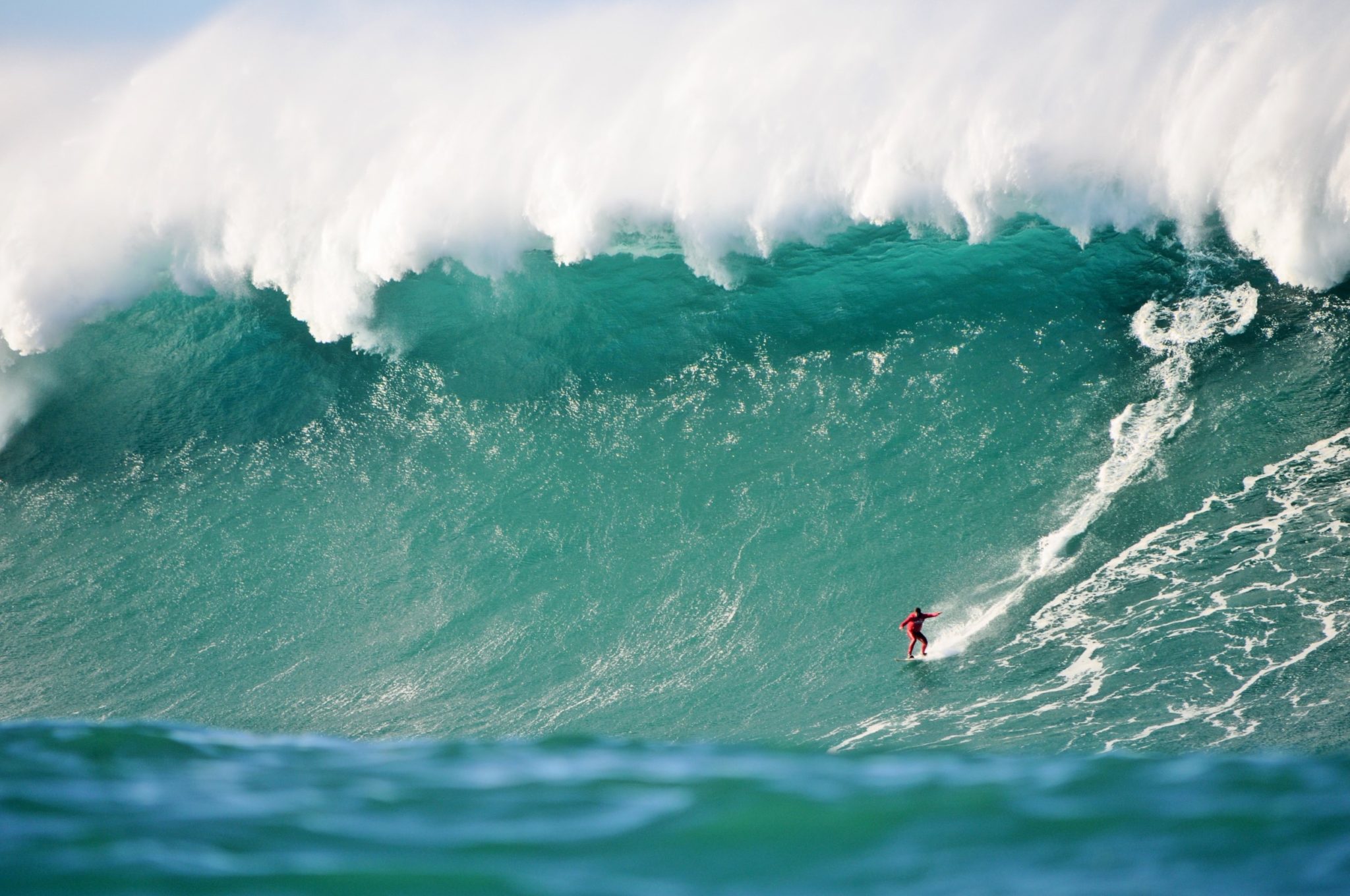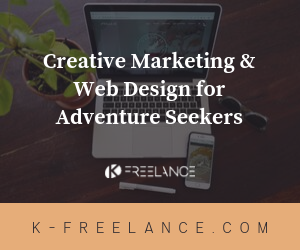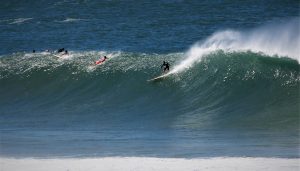
Episode 19: Meet Felipe Pomar, 1965 World Champion, Tsunami Waverider and Surfing Legend
George Bernard Shaw once said “We don’t stop playing because we grow old; we grow old because we stop playing” and this is exactly what my conversation with Felipe Pomar sparked in my mind. Felipe Pomar is a surfing icon and is listed in the Encyclopedia of Surfing as one of the most prominent surfers of his generation. His career in surfing started in the 60’s. He has an incredible life story to share. I was honored to sit down for a chat with him.

